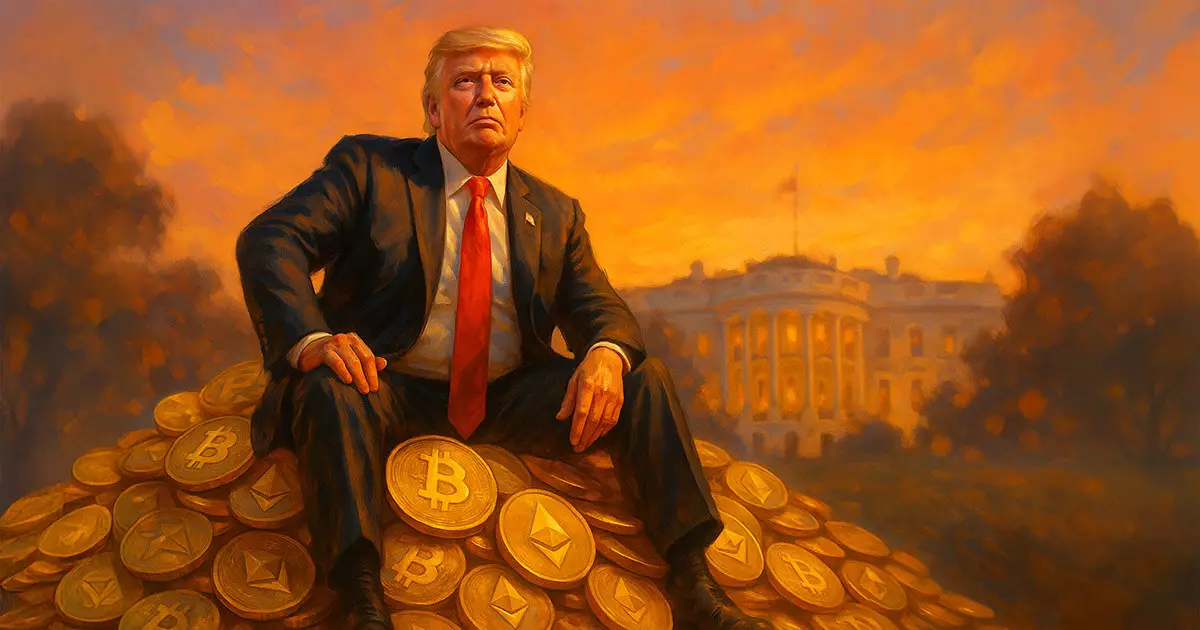Recent survey findings reveal that over 70% of U.S. crypto investors support the Biden administration’s approach to digital assets—a statistic that warrants serious scrutiny. While this statistic might seem like a sign of progress, it actually exposes a dangerous complacency among investors who are overly confident in government-led regulation. Such misplaced optimism can foster recklessness, leading to inflated investments and potentially disastrous market bubbles. The assumption that political endorsement inherently benefits digital assets ignores the complex, volatile realities of the crypto ecosystem. Governments are often slow to adapt to technological innovation, and their policies can shift abruptly, casting doubt on the permanence of any perceived growth trajectory.
Furthermore, the significant approval percentage—73% of crypto investors viewing policies as beneficial—could obscure the long-term risks. Relying heavily on a perceived political shield fosters a false sense of security, encouraging investors to overlook fundamental risks associated with regulatory crackdowns, market manipulation, and the inherently speculative nature of digital assets. History illustrates that government crackdowns or policy reversals have repeatedly destabilized crypto markets. When such a large segment of the investor base places unconditional trust in government favorability, they become vulnerable to unforeseen policy shifts that could undo years of progress.
Misreading Market Sentiment: A Dangerous Illusion of Confidence
The survey also indicates rising risk appetite among investors, with 82% claiming current conditions are suitable for entry. This sentiment feeds into a broader narrative of bullishness, where optimism grows unchecked. However, this optimistic outlook, especially with 60% expecting prices to rise within the next month, can lead the market into dangerous speculative fervor. Such short-term bullishness often disregards underlying valuation fundamentals, instead driven by a herd mentality responding to policy cues rather than intrinsic value.
Moreover, the confidence extends beyond immediate gains, with 68% of investors expecting annual returns—an expectation that might be overly sanguine given crypto’s notorious volatility. This inflated confidence increases the likelihood of investors making reckless bets, ignoring warnings signs, or doubling down during downturns. Relying on government approval as a catalyst for optimism is perilous; it can distort perceptions and fuel irrational exuberance, which ultimately leaves many exposed when this confidence inevitably meets reality.
Knowledge Disparity: A Ticking Time Bomb for Investors
One of the most telling elements of the survey is the stark disparity in policy awareness. While 81% of crypto investors claim familiarity with relevant policies, less than half of all retail investors and a mere third of the general public share that knowledge. This imbalance creates a dangerous situation: a well-informed minority may be riding a wave of perceived legitimacy, but the vast majority is left vulnerable due to a lack of understanding.
In a liberal economy that champions free markets and individual responsibility, this educational gap is troubling. Investors who lack transparency about policy shifts and regulatory risks are akin to passengers complacently trusting a driver who is unqualified or unpredictable. It’s not just a matter of knowledge—this ignorance can lead to significant financial losses, systemic instability, and even open the door for manipulation by nefarious actors exploiting uninformed investors. The government’s approach, whether intentional or not, seems to have fostered a marketplace where ignorance is mistaken for confidence—a dangerous dynamic that should concern center-right policymakers committed to market integrity and investor protection.

